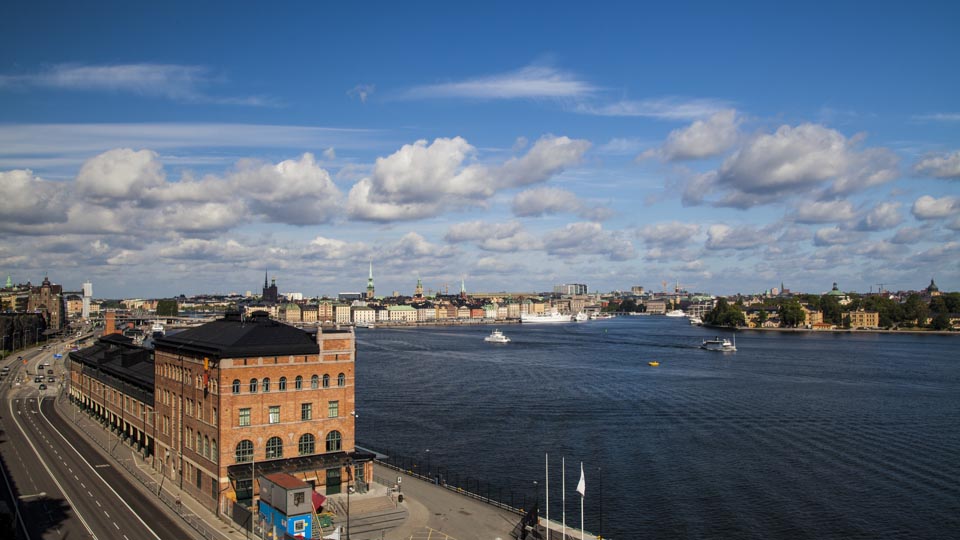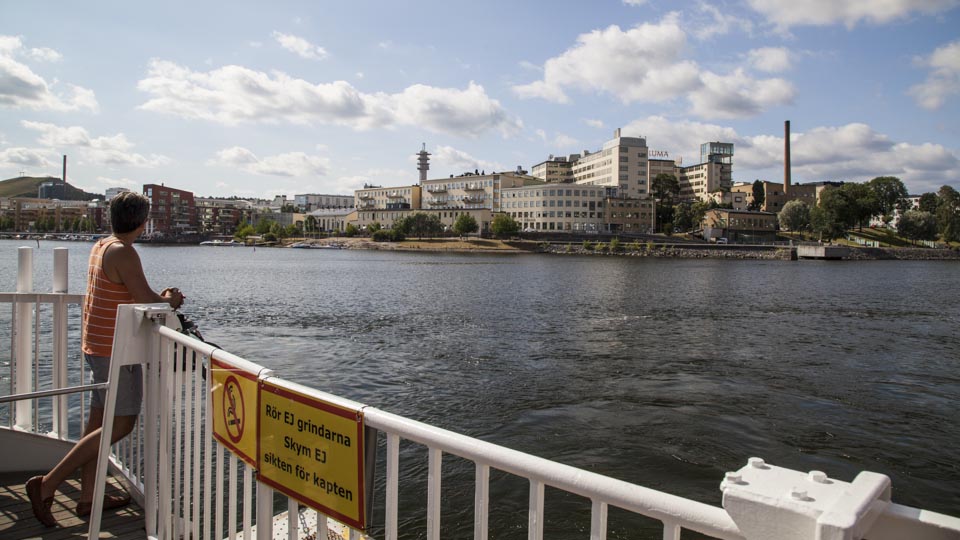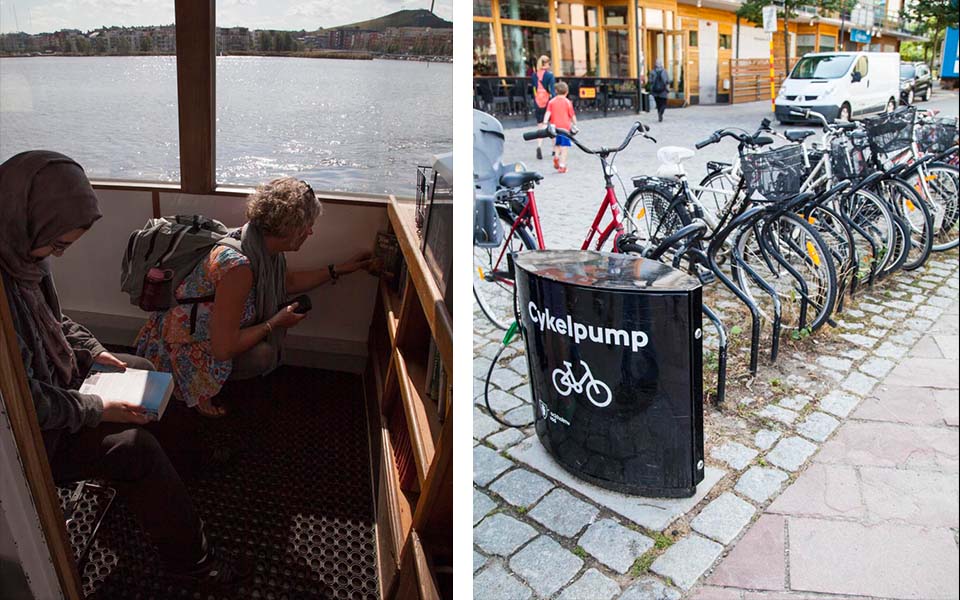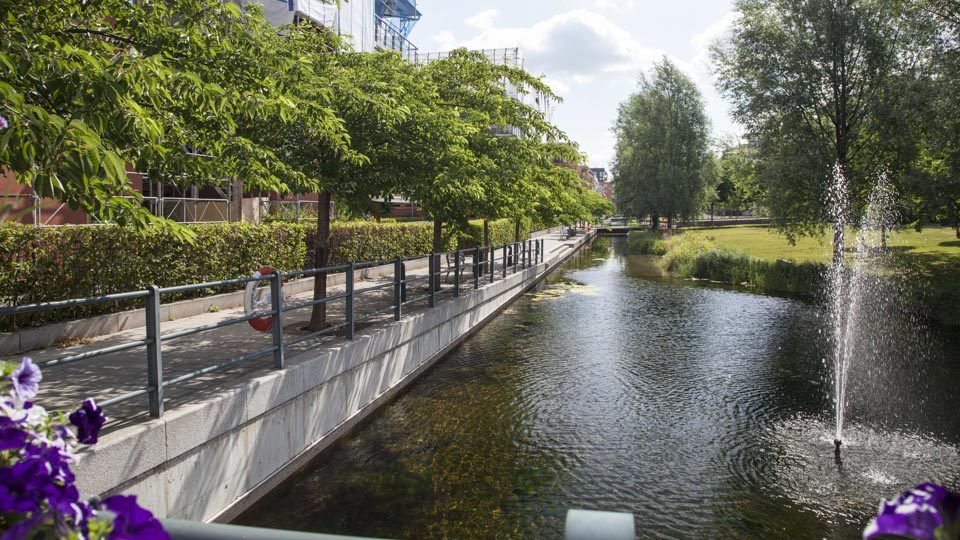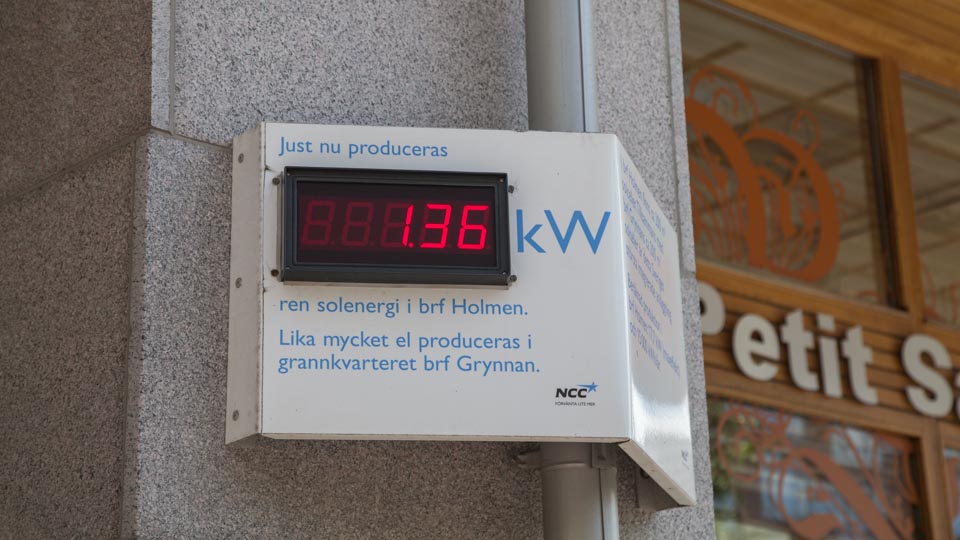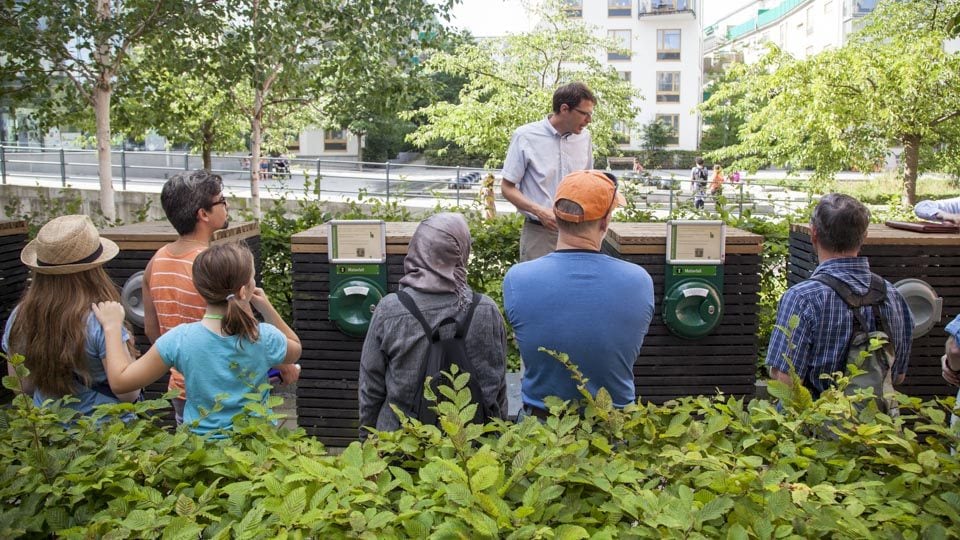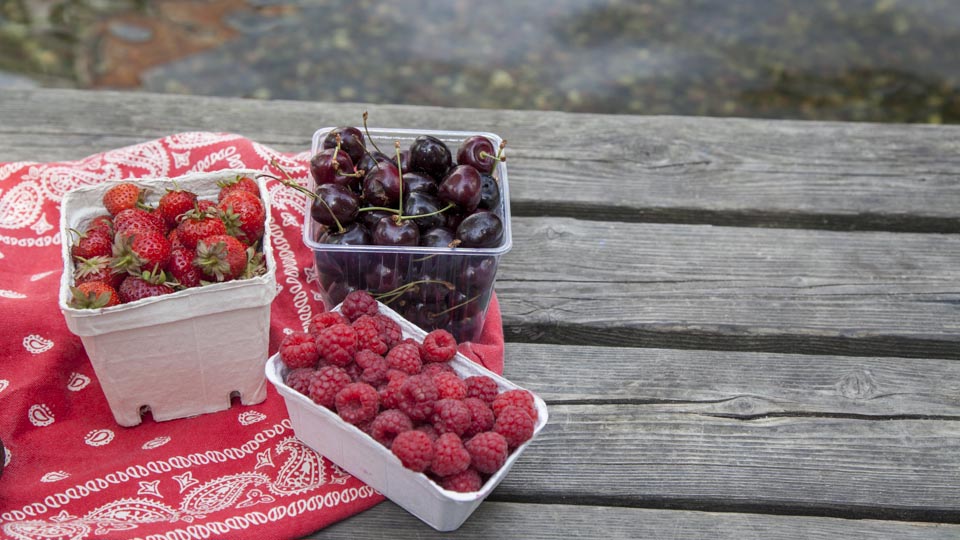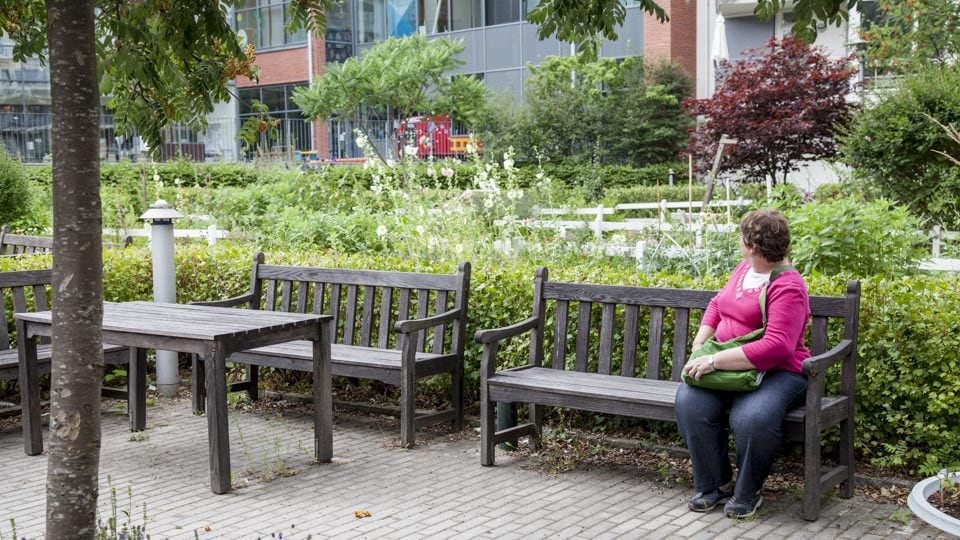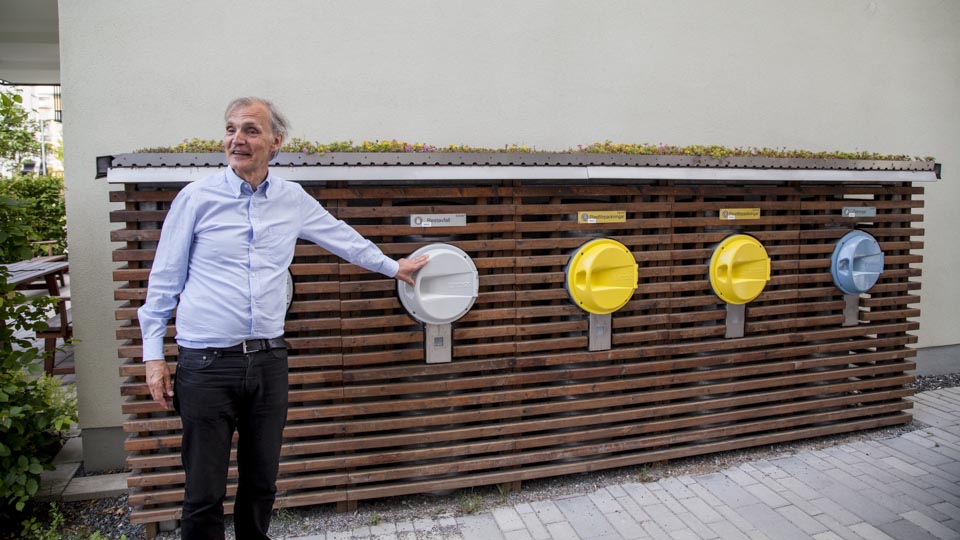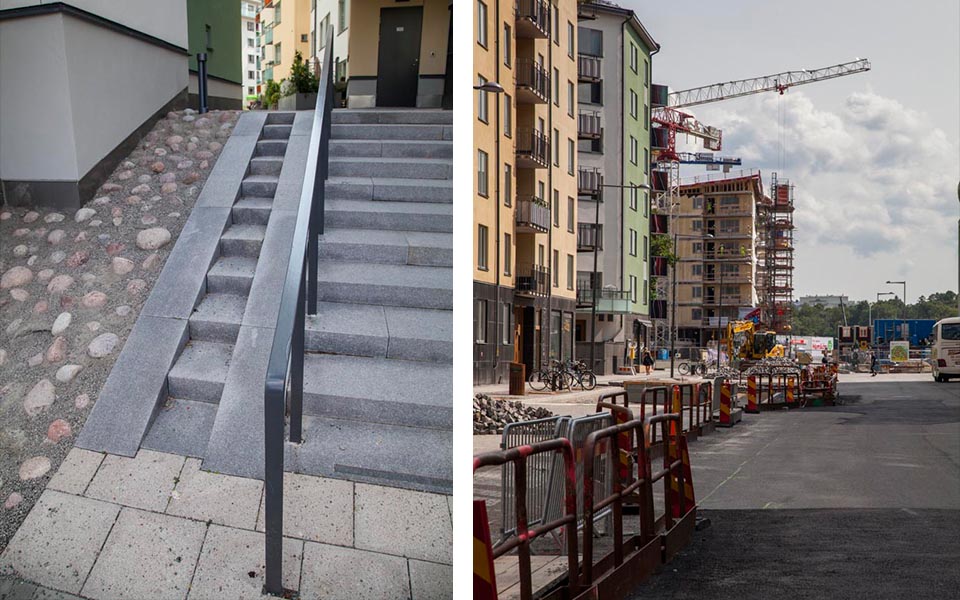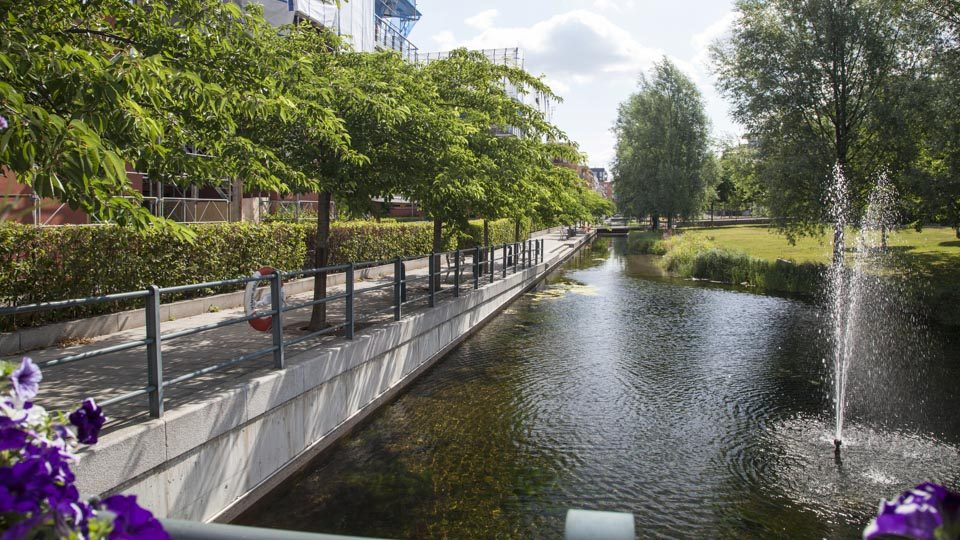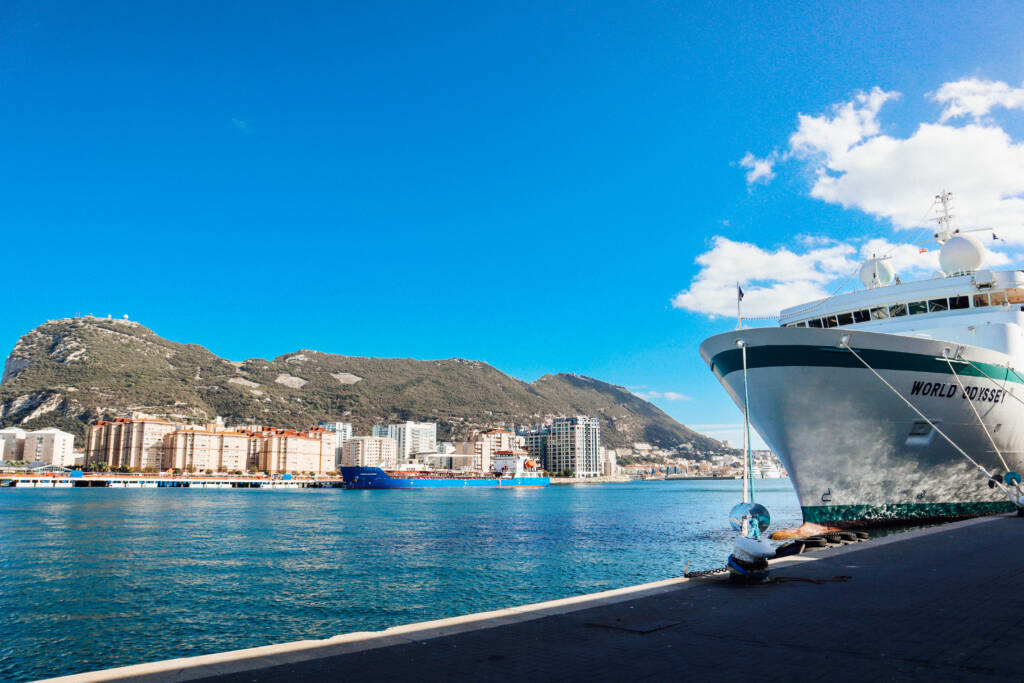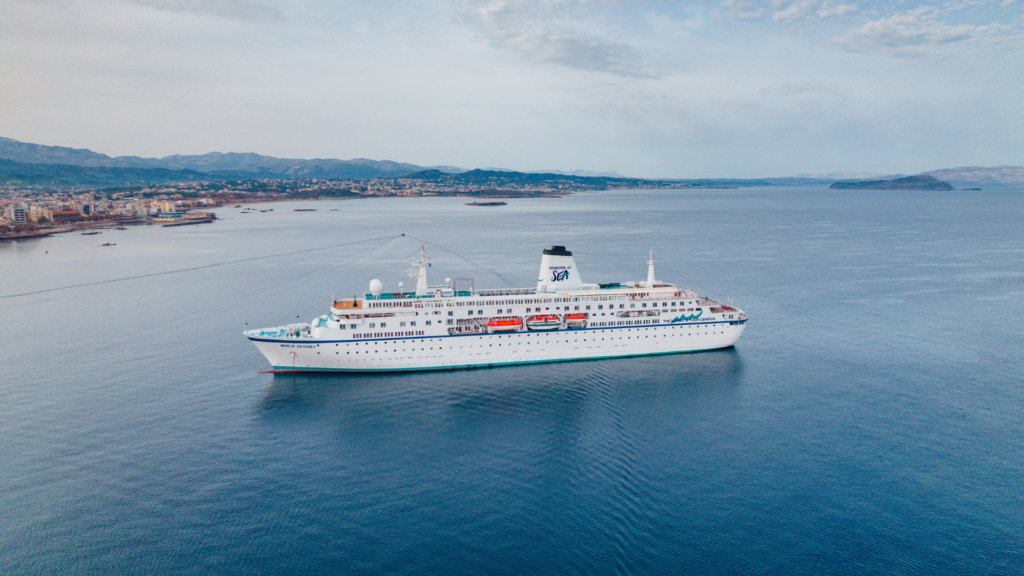The city of Stockholm, Sweden, held many surprises for Summer 2014 voyagers. The old town was quaint and beautiful, and offered a variety of wonderful options for dining on Swedish specialties, including meatballs and pickled herring. The museums held treasures, the parks were lush and lounge-able. Though beloved for its culinary treats, history, culture and scenic views on the water, Sweden is also revered for its commitment to sustainability: it was the first city to be named the “European Green Capital” in 2010 by the EU Commission.
Professor Rocky Rohwedder, Chair of the Department of Environmental Studies and Planning at Sonoma State University, is intimately familiar with Stockholm’s forward thinking when it comes to sustainability. For his “Sustainable Communities” Global Comparative Lens class, he arranged for two field labs to take place in Stockholm, and its itinerary mirrored a Field Program titled “Sustainable Stockholm,” offered to the entire shipboard community.
We asked the fan of Sweden to elaborate on a few comments he made during our pre-port meeting the evening before we arrived in Stockholm. From Rocky Rohwedder:
“I shared with the shipboard community prior to our arrival in Stockholm that I was feeling ‘tingly’ in anticipation of our arrival. Having been to Stockholm before and having professional passion urban systems and all things sustainable — I knew that soon enough they would be tingly too. Why? Let’s start with the Swedes themselves. They are among the happiest and healthiest people on the planet. They’re highly educated (free universities) and in spite of dark cold winters, they have a sunny attitude with a keen sense of humor. They live long, happy lives — and they do it with a relatively low ecological footprint.
Then there is the city itself. As a professor of sustainable communities, I tingle because the concepts in our textbook seem to spill out and congeal in this city. From “poop-powered” buses (they recapture methane from sewage treatment) to cutting-edge green development (such as Hammarby Sjostad) to waste management (90 percent of materials are recycled) to green spaces (they have an urban national park), this city brings the vision of a more sustainable world into clear view. This isn’t a Tomorrowland ride at Disneyland, it a highly functional, beautiful city that teaches us all that sustainability is smart, fun and obtainable if you have the vision and commitment to made it happen.
While the city and country as a whole represent powerful models of sustainable innovation and creativity, perhaps the most poignant example is Hammarby Sjostad. This urban redevelopment project for 25,000 people was once a toxic industrial site. Today it stands as an outstanding example of a fully integrated ecological community. A walking tour of the area reveals a range of techniques and technologies including storm water management, car sharing, uber green building design, high tech waste management systems, community eco-education centers, and a mixed use design approach. With a 5-minute walk from anywhere you’ll find schools, restaurants, workplaces, recreational opportunities. This place feels fantastic. It’s not “in your face” green design. It’s a seamless and integrated approach that brings a refreshing ambiance to future-resilient urban form.”
